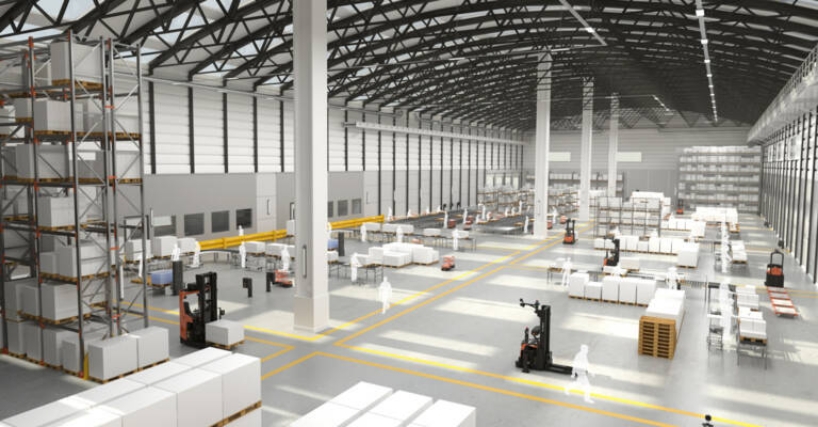As we continue down a path of increased labour shortages, high demand for warehouse availability and higher supply chain efficiencies, we ask is automation the golden bullet? What actions should you take before considering automation and what steps can you take before making a large capital expense.
There are a few actions that you should take to ensure that automation is the right decision for your business:
1. Analyse your operations
Before automating your warehouse, it is essential to analyse your current operations. Look at your inventory management systems, your order fulfilment processes, and your warehouse layout. Determine which areas of your warehouse operations are currently inefficient and where automation could help. For example, if your inventory management systems are currently managed manually, you may be experiencing inaccuracies or delays in tracking inventory levels. Automating this process could help you reduce errors and speed up the inventory management process.
2. Identify areas for improvement
Once you have analysed your current operations, identify the specific areas where automation could help. These may include order picking, packing and shipping, or inventory tracking and management. Make a lift of the areas you wan to improve and prioritise them based on the potential impact automation could have on your operations.
3. Set realistic goals
Before investing in warehouse automation, set realistic goals for what you hope to achieve. These goals should be specific, measurable, attainable, relevant and time-bound (SMART). For example, you may set a goal to reduce order fulfilment times by 50% within 6 months.
4. Consider your budget
Warehouse automation can be expensive, so it is essential to consider your budget before investing in automation. As with any investment it is important to understand where the savings will come from and does this justify the level of investment. This isn't always as simple as how many employees can I remove. Its often a complex calculation to understand the gains holistically. This can come from many areas such as increased storage density, ability to handle more diverse SKUs and even higher level of security of stock.
5. Evaluate your staffing needs
Automation can help you reduce labour costs, but it may also change your staffing needs. Evaluate how automation will impact your workforce and determine whether you will need to retrain or hire new employees to manage the automated systems.
6. Choose the right automation system
Once you have determined that automation is the right decision for your business, it is essential to choose the right automation system. Consider factors such as the size of your warehouse, the type of products your store, and the volume of orders you process. Choose an automation system that is scalable and flexible enough to meet your changing needs over time.
7. Train your staff
Before implementing warehouse automation, it is essential to train your staff on how to use the new system. Your staff should understand how the automatic material handling systems work and how to troubleshoot any issues that may arise. Make sure your staff are comfortable with the new system before you go live.
8. Implement the system gradually
Implementing warehouse automation all at once can be overwhelming and may cause disruptions in your operations. Instead, implement the system gradually, starting with one area of your warehouse and gradually expanding to other areas over time. This will allow you to identify and resolve any issues as they arise and ensure a smoother transition to automation.
9. Monitor and evaluate the system
Once your warehouse automation system is in place, it is essential to monitor and evaluate its performance regularly. This will allow you to identify any areas where the system can be improved and make any necessary adjustments to maximise its efficiency.
If you are interested in automating your warehouse, access the resource below to learn more.

